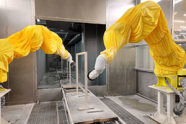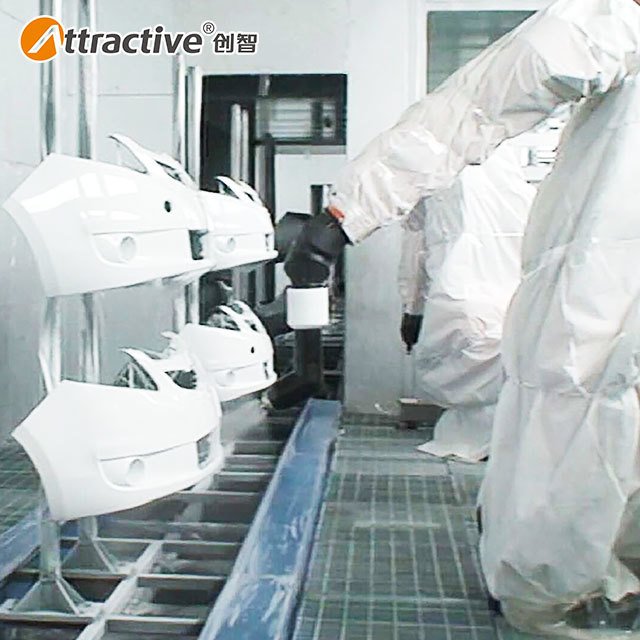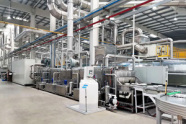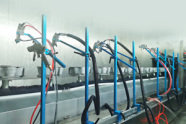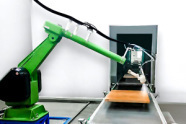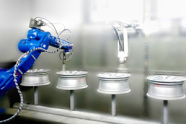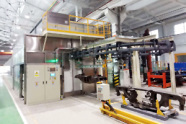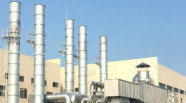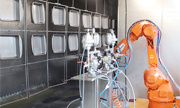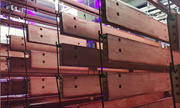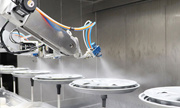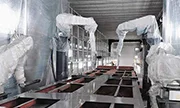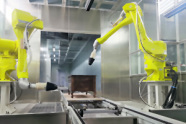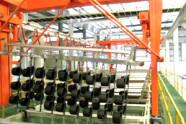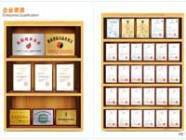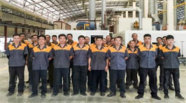Related News
30
2025
-
07
From Automobiles to Home Appliances: Special Requirements for Coating Processes in Different Industries
Author:
Chuangzhi Coating
The coating process is a key link in product manufacturing. It not only affects the appearance and texture of products but also directly relates to their durability, safety, and market competitiveness. Different industries have very different requirements for coating processes due to differences in product characteristics, usage environments, and user needs.
The automotive industry pursues extreme corrosion resistance and visual aesthetics, while the home appliance industry focuses more on the environmental protection and functionality of coatings. A thorough analysis of these differences is the prerequisite for coating line equipment to accurately adapt to the needs of various industries.
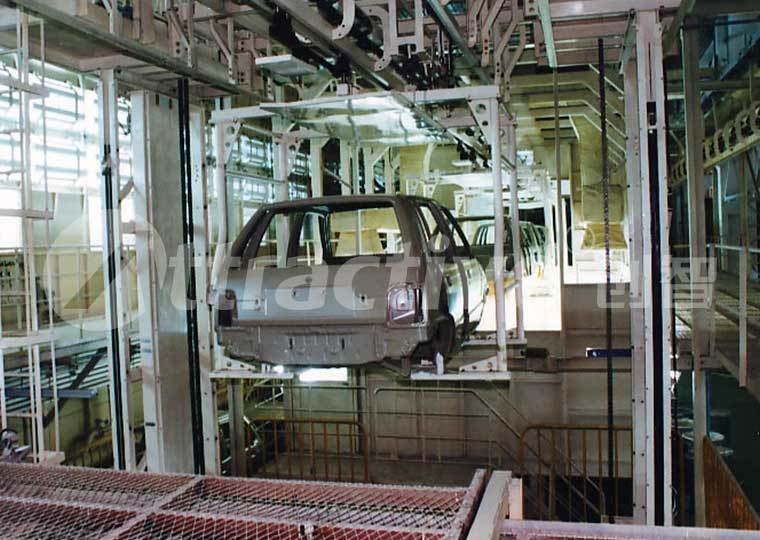
The coating process in the automotive industry is a model of "exquisite craftsmanship". Firstly, corrosion resistance is the core requirement. Automobiles are long exposed to complex environments such as wind, sun, rain, and snow erosion. If the metal parts of the car body are not properly protected, they are prone to rust. Therefore, the coating must have strong salt spray resistance and damp heat resistance.
For example, car bodies usually go through multiple processes such as phosphating, electrophoretic primer, intermediate coating, and topcoat. The electrophoretic layer can form a uniform and dense protective film, completely isolating the metal from the outside world. The coating of some high-end models can meet the salt spray resistance test standard of more than 1000 hours.
Secondly, appearance texture is another key focus of automotive coating. Consumers have high expectations for the gloss, flatness, and fullness of the car body paint. This requires coating equipment to have precise paint mist control capabilities and uniform baking temperature distribution to avoid defects such as orange peel and pinholes.
In addition, automotive coatings also need to consider the weather resistance and scratch resistance of the coating to ensure that the paint surface remains as good as new after long-term use.
In contrast, the coating process in the home appliance industry focuses more on the balance between environmental protection and functionality. Home appliance products are in close contact with people's daily lives, and the environmental protection of their coatings is directly related to user health. Therefore, they must meet strict VOC (Volatile Organic Compounds) emission standards.
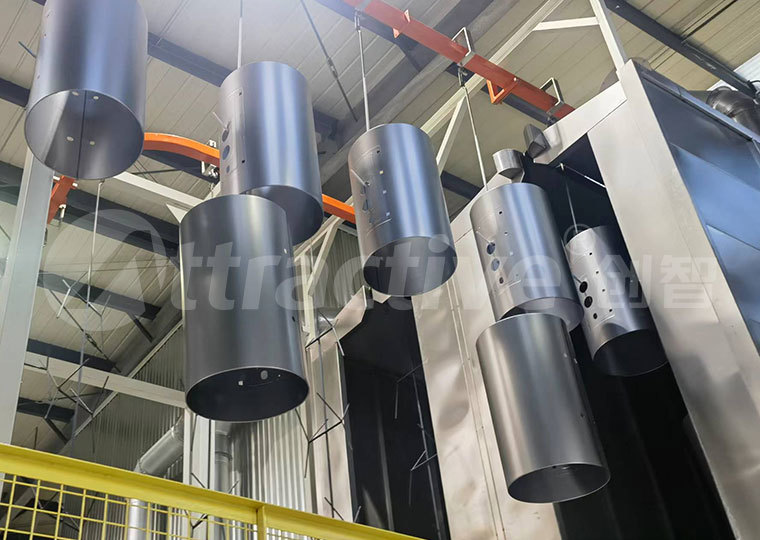
At present, environmentally friendly coatings such as water-based coatings and powder coatings have become mainstream in products such as refrigerators and washing machines. At the same time, home appliance coatings need to meet diverse functional requirements.
Coatings for kitchen appliances need to be oil-resistant, high-temperature resistant, and easy to clean; coatings for air conditioner shells must have good ultraviolet resistance to prevent discoloration and aging after long-term use; and small household appliances such as rice cooker inner pots require coatings to have non-stick and wear-resistant properties.
These requirements pose special challenges to the coating compatibility and curing temperature control accuracy of coating equipment.
Whether it is the automotive industry's dual pursuit of durability and aesthetics, or the home appliance industry's precise control of environmental protection and functionality, it highlights the importance of the coating process needing to be deeply adapted to industry characteristics.
As a manufacturer of coating line equipment, in-depth understanding of the special requirements of different industries is essential to provide more targeted solutions and help improve the product quality of various industries.


